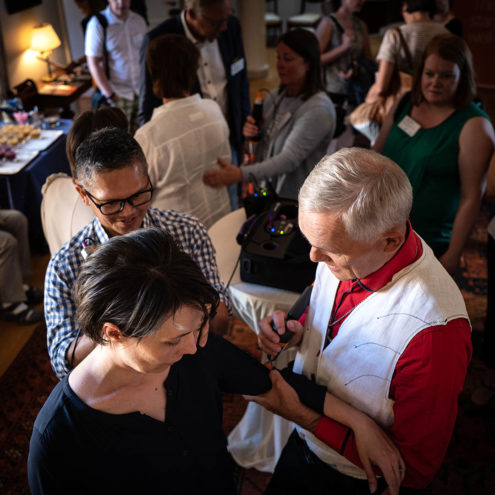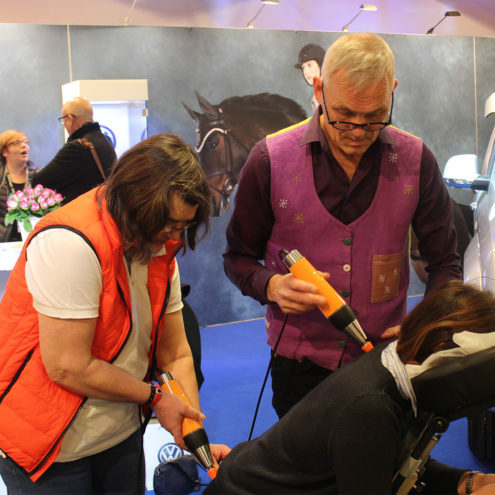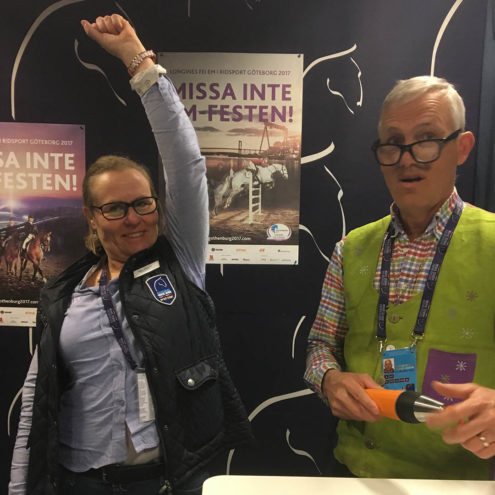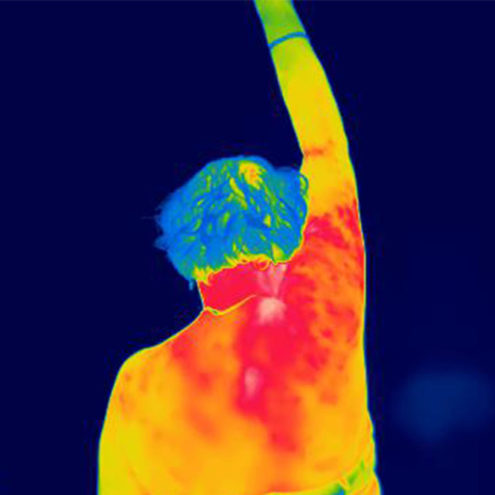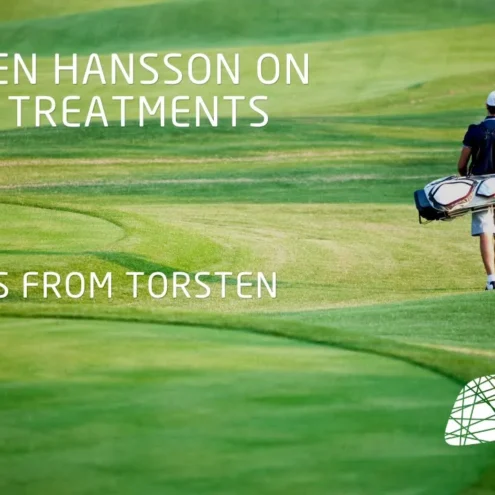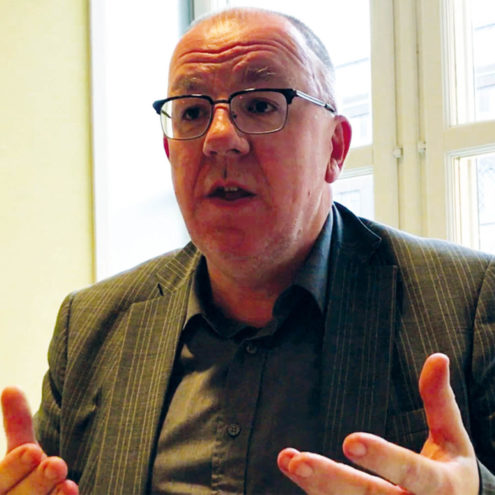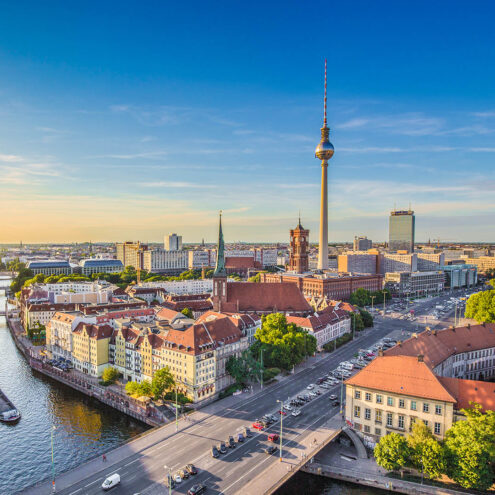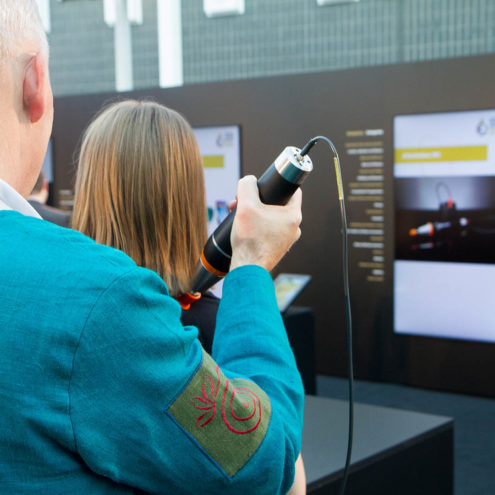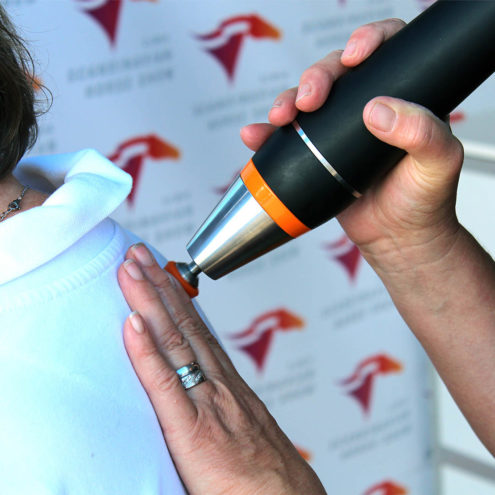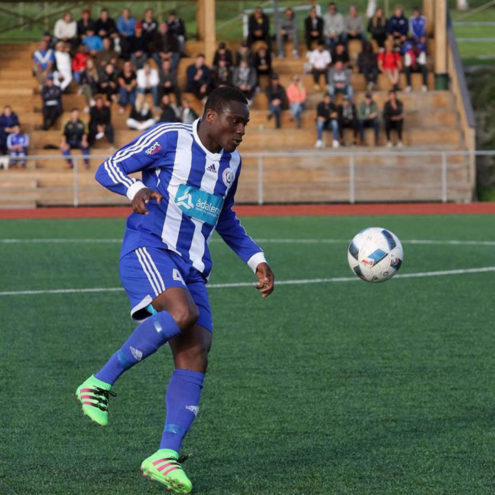Polymyalgia rheumatica treatment
Muscle rheumatism is also called polymyalgia rheumatica. It is an inflammatory disease that causes pain and stiffness in large muscle groups. It most often affects women and rarely before the age of 50.
What causes Polymyalgia rheumatica?
Polymyalgia rheumatica is caused by inflammation in the body, which means that the immune system is activated. The cause of the disease is unknown but it is thought that lifestyle and diet may contribute to the disease.
Why do I have Polymyalgia rheumatica?
Think about whether anything has changed in your life for a long time. Polymyalgia rheumatica usually comes on gradually over a long period of time. Have stress levels been higher for some time? Has something special happened that increased stress? Are you sitting still more and moving less than before? Have your eating habits deteriorated? Too few antioxidants? Reviewing your lifestyle and nutritional intake can be helpful.
Symptoms of Polymyalgia rheumatica?
The symptoms of Polymyalgia rheumatica usually come on gradually over several weeks. You may have a fever and feel generally tired and sluggish. In particular, you will feel pain and stiffness in larger muscles such as the thighs and around the hips, but also around the shoulders and upper arms. The pain is usually uniform and is also worse after resting, especially in the morning.
Polymyalgia rheumatica during pregnancy
Polymyalgia rheumatica rarely affects young women and is most commonly seen in women over the age of 50. However, if you have rheumatoid arthritis, you should be aware that becoming pregnant with inflammatory rheumatic diseases carries a risk and you should try to control the mother’s disease during pregnancy with drugs and treatments that are safe for the fetus.
When and where should I seek treatment for Polymyalgia rheumatica?
If you have Polymyalgia rheumatica, a health center may take a blood test that shows an elevated CRP, a sign of inflammation.
A FasciaClinic can always help you with relaxing and pleasant treatments to bring the body more into balance and increase flow which can reduce inflammation and pain.
How is the treatment of Polymyalgia rheumatica done?
Traditional treatment for Polymyalgia rheumatica is cortisone treatment in tablet form, which reduces inflammation in the body. The treatment should be continued for some time after the symptoms have disappeared and blood tests show that the inflammation has subsided. As cortisone treatment has a lot of negative effects and side effects, it may not be your first choice.
The FasciaClinics can help with treatment to bring the body more into balance and get the flow going throughout the body. They can also advise on the provision of essential nutrients which can reduce inflammation.
Polymyalgia rheumatica – What can I do?
Movement is always good for the body and movement keeps the blood flowing and reduces inflammatory processes. Changes in diet and lifestyle can help reduce inflammation in the body. Eating clean raw materials and reducing the intake of processed foods with additives and reducing sugar and gluten intake is always positive and benefits the intestinal flora and in the long run it can reduce inflammation in the body.
Taking supplements such as curcumin (preferably liposomal for best absorption) and omega 3 can also reduce low-grade inflammation.
Exercises for Polymyalgia rheumatica pain?
Generally increased movement with relaxation and breathing exercises is good. Slow deep breathing, in through the nose and out slowly is always good and relaxing. It increases oxygen supply and activates the lymphatic system and flow throughout the body.
Walking and gentle exercise are good, but avoid strenuous exercise, which can overload the body as it heals.
 Search
Search

